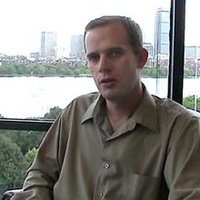Energy & sustainability
Cyrus Wadia
Identifying materials that could be unexpectedly useful in solar cells

Global
Kurt Zenz House
Capturing carbon dioxide through cement production

Global
Andrew Perlman
Slashing carbon emissions by converting coal into natural gas

Global
Cody Friesen
Making cheaper, higher-energy batteries to store renewable energy

Global
Ranjan Dash
Nanoporous carbon could help power hybrid cars

